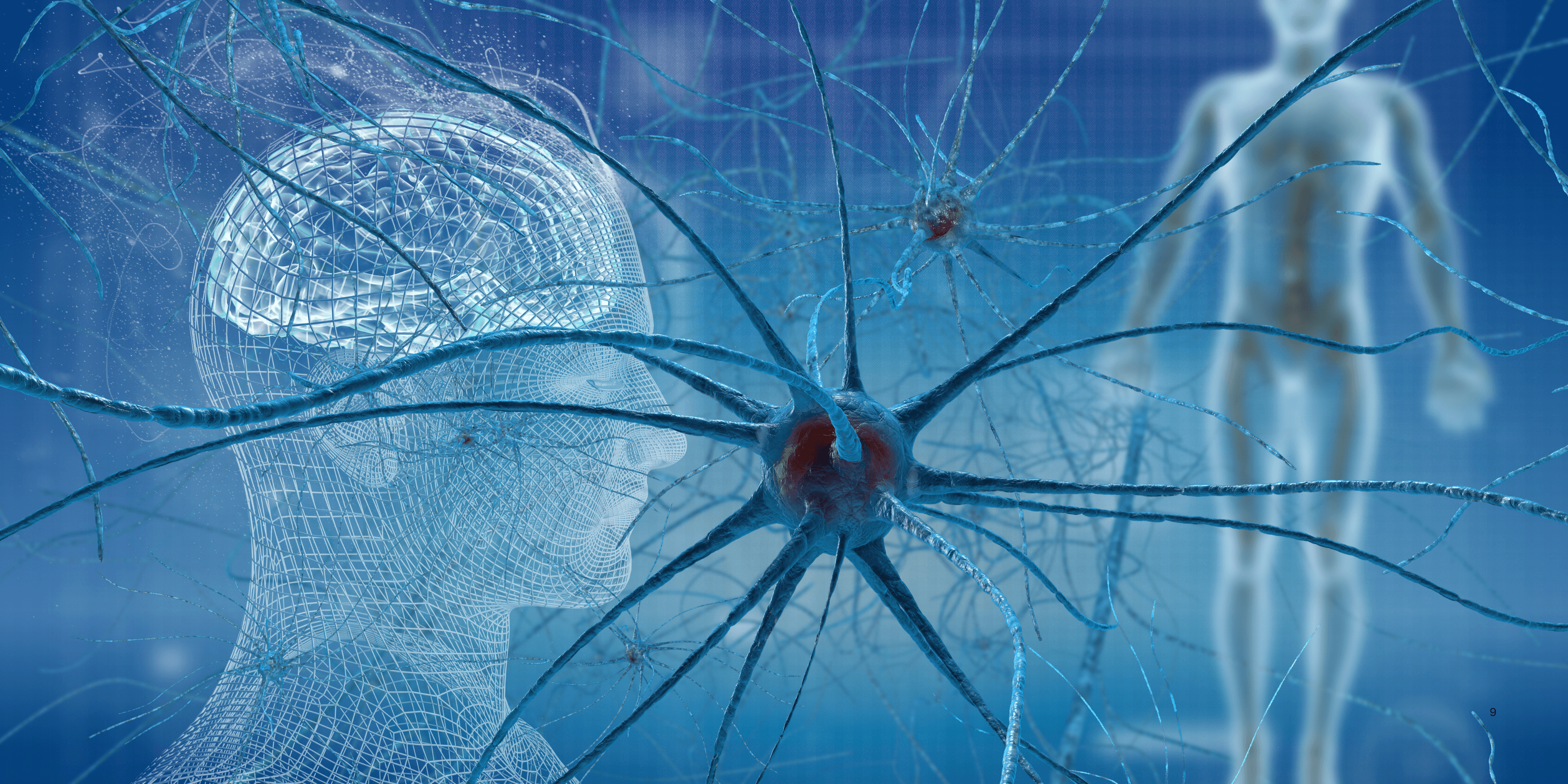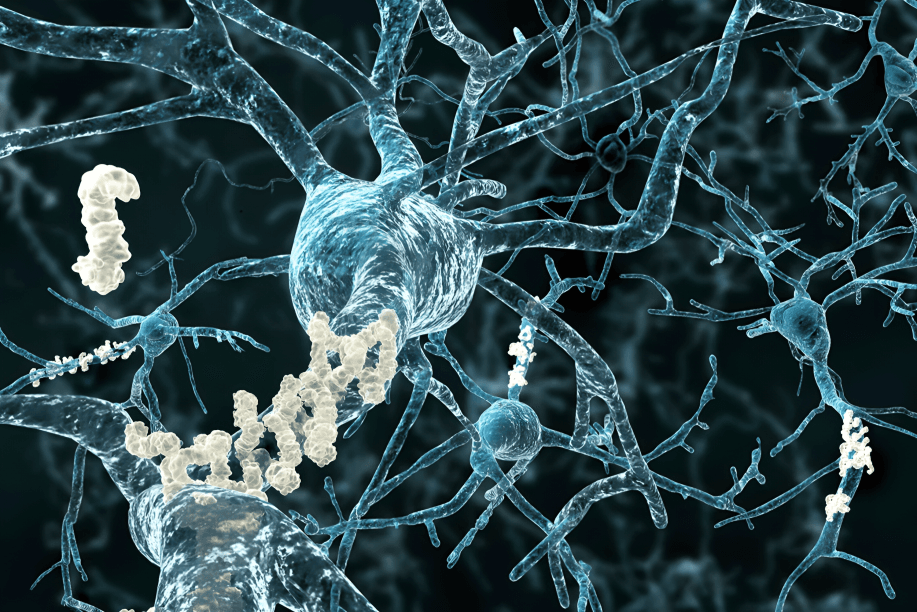
“
The neuron’s role in brain plasticity is essential in understanding how the brain learns, adapts, and heals. Neurons, through their dynamic connections called synapses, allow the brain to form new memories, adjust to experiences, and recover from injuries. Brain plasticity, also known as neuroplasticity, depends entirely on how neurons change their structure and function in response to stimuli. 1
1
”
Neurons communicate through electrical signals and chemical messengers that modify their connections, allowing the brain to rewire itself based on experience, which is the heart of neuroplasticity. 1
The hippocampus, critical for memory, shows high neuroplasticity as its neurons constantly form new synapses, especially during learning or when navigating new environments. 2

Synaptic pruning is a process where neurons eliminate weaker synapses and strengthen the useful ones, making the brain more efficient through experience-based sculpting.
Learning a musical instrument enhances neuron connections between motor, auditory, and visual regions, a practical example of brain plasticity driven by repetitive and skill-based activity. 3
Stroke recovery often depends on nearby neurons adapting and forming new pathways, showing how plasticity enables the brain to bypass damaged areas and regain function. 4
In children, neurons exhibit heightened plasticity, allowing rapid learning and adaptation, especially in language acquisition and sensory processing. 5
The cerebral cortex adapts based on usage; for example, in blind individuals, neurons in the visual cortex can become active during touch or sound, displaying cross-modal plasticity. 6
Sleep plays a critical role in stabilizing newly formed neuronal connections, making it vital for preserving the changes plasticity creates during waking experiences. 7

Meditation and mindfulness practices can lead to measurable changes in neuron connectivity, especially in areas linked to attention, awareness, and emotional regulation.
Neurons involved in memory are capable of forming long-term potentiation, a strengthening of synapses based on repeated activity, which is a core mechanism of learning. 8
Environmental enrichment, such as exposure to novel stimuli, increases dendritic branching in neurons, enhancing the brain’s plastic response to change. 9
Even in adulthood, neurons retain some capacity for growth and adaptation, especially in regions like the hippocampus, where neurogenesis continues under the right conditions. 10
Artificial stimulation of the brain, such as with transcranial magnetic stimulation, can enhance neural plasticity and is being explored in therapies for depression and stroke. 11
Social interactions enhance brain plasticity by engaging neurons across language, emotion, and reasoning networks, showing how connection boosts brain development. 12
After limb amputation, neurons in the sensory cortex can be reassigned to nearby areas, sometimes causing sensations in the missing limb, a phenomenon known as phantom limb syndrome. 13

Physical activity increases brain-derived neurotrophic factor (BDNF), which nourishes neurons and supports their ability to change, helping plasticity and memory consolidation.
Mirror neurons, which activate both during action and observation, play a role in learning by imitation, a social aspect of plasticity seen in both humans and animals. 14
Neurons adapt to injury or sensory loss by recruiting neighboring areas for similar tasks, allowing remarkable recovery in skills like speech or mobility with training. 15
Neuronal plasticity underlies therapy success in conditions like PTSD or OCD, where the brain rewires itself through exposure therapy and cognitive restructuring. 16
Philosopher William James introduced the idea that the brain was not fixed but changeable, a concept now confirmed by neuroscience and central to the role of brain plasticity. 17


